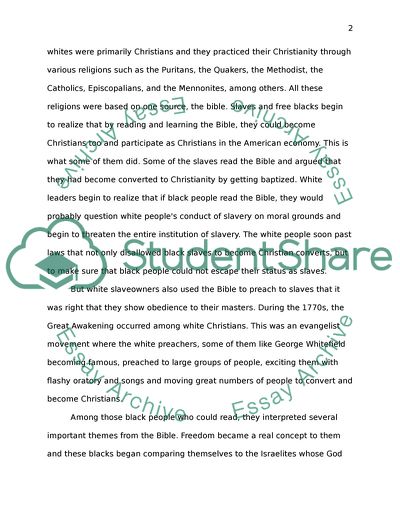Cite this document
(Women's Role in the African American Church Research Paper - 1, n.d.)
Women's Role in the African American Church Research Paper - 1. Retrieved from https://studentshare.org/religion-and-theology/1748829-womens-role-in-the-african-american-church
Women's Role in the African American Church Research Paper - 1. Retrieved from https://studentshare.org/religion-and-theology/1748829-womens-role-in-the-african-american-church
(Women'S Role in the African American Church Research Paper - 1)
Women'S Role in the African American Church Research Paper - 1. https://studentshare.org/religion-and-theology/1748829-womens-role-in-the-african-american-church.
Women'S Role in the African American Church Research Paper - 1. https://studentshare.org/religion-and-theology/1748829-womens-role-in-the-african-american-church.
“Women'S Role in the African American Church Research Paper - 1”, n.d. https://studentshare.org/religion-and-theology/1748829-womens-role-in-the-african-american-church.


